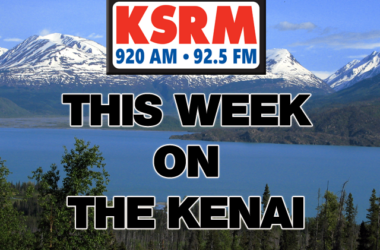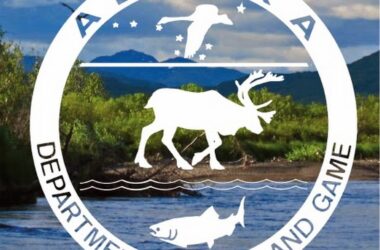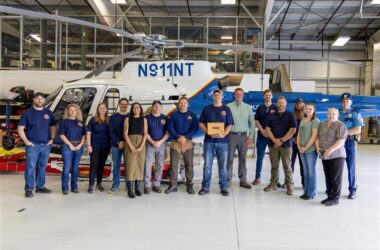Governor Mike Dunleavy held a press briefing to discuss plans to reopen the state’s K-12 and higher education systems for Fall 2020. He was joined by Commissioner Michael Johnson, Alaska Department of Education and Early Development, and University of Alaska President Jim Johnsen.
Commissioner Johnson delved into the plans for the 2021 school year that he says have been in the works for several weeks. The Department of Education built a framework for districts to utilize when preparing for schools to reopen: “The framework developed with the Department of Heath and Social Services is built upon the CDC’s guidelines of low, moderate, and high levels of community spread. Commissioner Adam Crum, Dr. Anne Zink, and their teams will set parameters within each of these risk areas for the safe delivery of education services. The parameters will be set by the medical professionals and then the districts will plan to make sure teaching and learning happen within each of those risk areas.”
Commissioner Johnson says the plan for 2021 will take Alaska’s very diverse residents and geography into consideration as it applies to each district: “We created a framework that is both precise and flexible. The framework is modular, so that it can be appropriately applied in small, large, urban, and rural communities.”
Jim Johnsen of the University of Alaska lauded UA’s response to the COVID-19 pandemic, with nearly 3,000 students being able to graduate in May, employees working remotely, helping to deliver personal protective equipment, and critical research continuing.
He continued by speaking to the return to campus for the Fall 2020 semester, saying they will be more conservative than other state entities: “We will likely have a more conservative approach than the state or local communities and that’s because we have all four conditions that the experts say create a higher risk of transmission. Number One: group housing, dorms, think cruise ships. Number Two: mass gatherings and classes. Three: travel by students and faculty and researchers, extensive. Fourth: a younger population with a high likelihood of being asymptomatic.”






